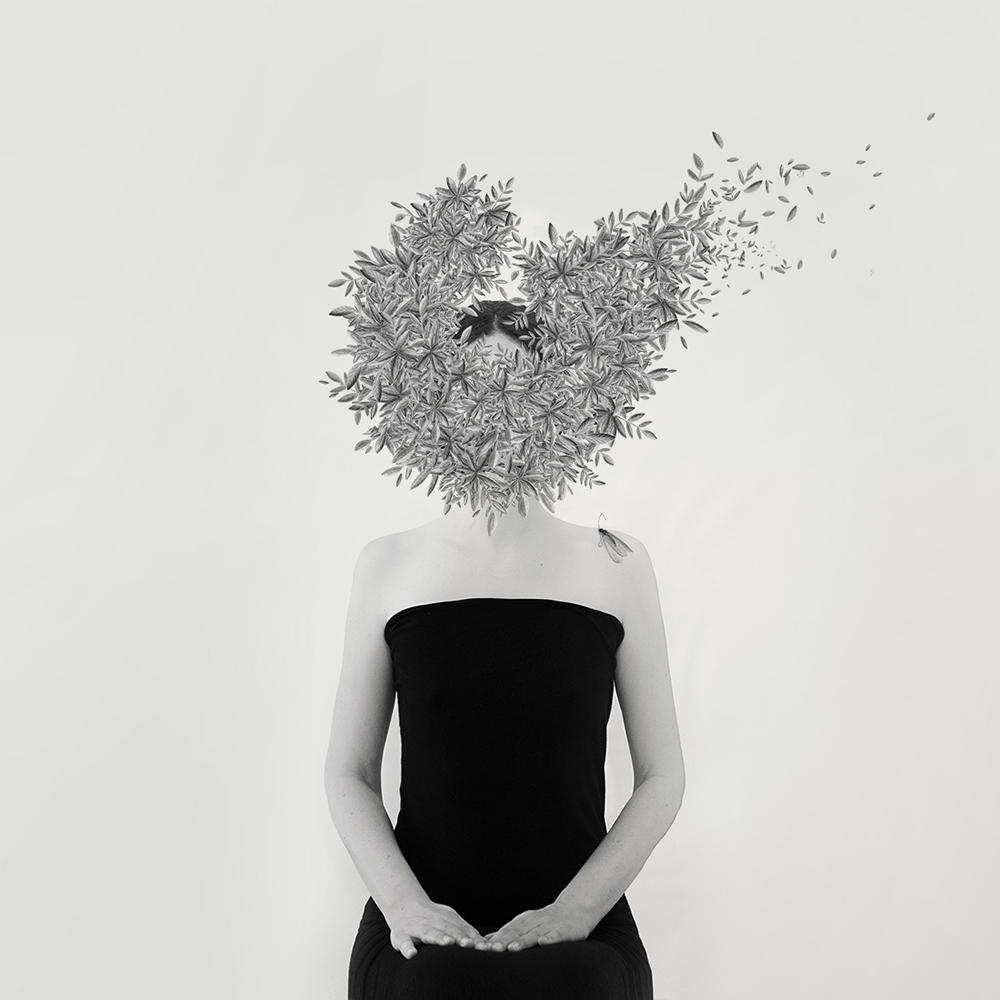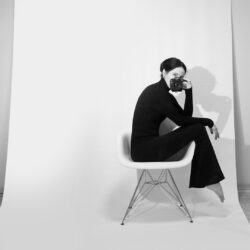
Eva Chupikova

PX3 Prix de la Photographie Paris 2024 – Non-Professional
First Place Winner in Portraiture – Nevermore
How has your personal experience or background shaped the themes you explore in your photography?
I am an illustrator by profession, and in my work, a minimalist approach plays an essential role. It provides me with the necessary tools to express myself visually and creatively. In simple and clean compositions and negative space is where I discover emotions that are both fundamental and universal. I grew up in a small country with a natural landscape that may have lacked dramatic features, but its allure and impact on me are undeniable. The mountains that surrounded me from a young age sparked a curiosity and drive to explore, daring me to venture further and further and uncover new perspectives. The serene beauty of my surroundings nurtured a deep appreciation for simplicity and a profound connection to the natural world, grounding my artistic vision.
What drew you to participate in photography competitions like Px3, and how has this recognition influenced your career?
I love to challenge myself and keep growing as an artist. Winning the 1st place in Portraiture category at Prix de la Photographie Paris contest is a great success for me. I am very happy that the winning images will be presented live and exhibited in Paris this coming fall. I have already booked my flight. 🙂 Importantly, this recognition has also allowed me to connect with other artists and art enthusiasts around the world with similar passions.
Can you walk us through the creative process behind your winning image? Were there any unexpected moments during the shoot?
The series of portraits called „Nevermore“ was created over a period of three months in my home studio. The advantage of studio photography is that I don’t have to wait for optimal weather conditions, and in the case of a self-portrait, I only rely on myself. On the other hand, from the technical point of view, self-portraiture is a challenging discipline that requires thorough preparation and dozens of shots. When it comes to post-production, it depends on each specific frame. The combination of techniques of photography, illustration, and collage allows me to apply my experience as an illustrator with the aim not to overshadow the art of photography, but rather to enhance its overall depth and narrative dimensions.
How do you balance technical skill and artistic vision in your work?
Technical proficiency allows for the mastery of tools—understanding exposure, composition, and lighting—which serves as the foundation for capturing compelling images. However, artistic vision is essential for conveying emotion and narrative within a photograph. My inspiration flows from various sources of art, nature, and personal experiences, and it permanently motivates me to experiment and evolve. For me, artistic vision is the driving force behind perfecting my technical chops and tools.
In what ways do you think photography as a medium can drive social change or impact public perception?
It is quite clear that AI will have a greater impact on our world as it continues to evolve and integrate into various aspects of our everyday lives. Artificial intelligence will also challenge our perception of creativity and art. In a creative field, such as photography, it will generate a huge amount of ballast that burdens the search for valuable content. I’m a little alarmed by the predictions of what percentage of internet content will soon be AI without us being able to tell it apart from content created by humans. The regulation here lags significantly behind the dynamics of this innovation. At the same time, I personally believe that the vast amount of AI content will increase and differentiate the value of what was created by human agency and that this will always have an irreplaceable impact on public perception.
What are your long-term goals as a photographer, and how do you plan to evolve your work moving forward?
The way I have been editing photos, including variations on sepia tones, the intensity of grain, and the presence of noise, largely shapes the direction I wish to pursue in the future. Traditional photographic techniques such as silver gelatin print, cyanotype, or salted paper print open up a whole universe of new possibilities, allowing to infuse authenticity and creativity into the photography. I would like to learn more about these techniques and, hopefully, master some of them over time.